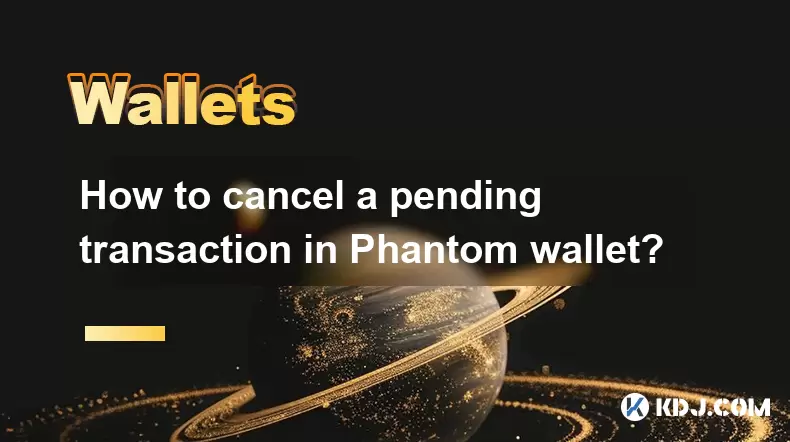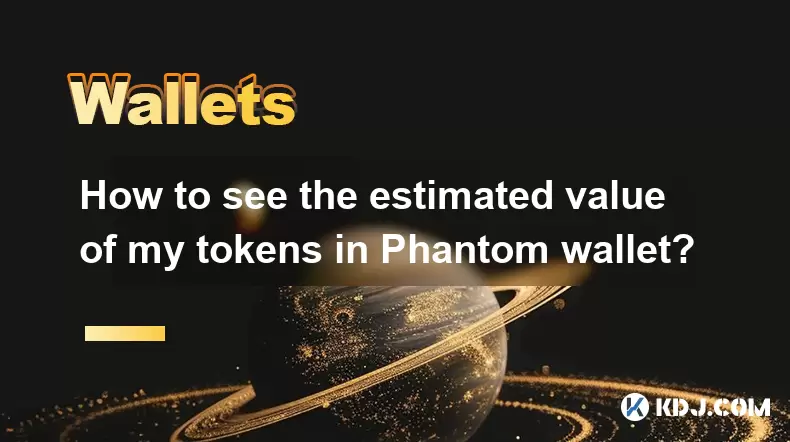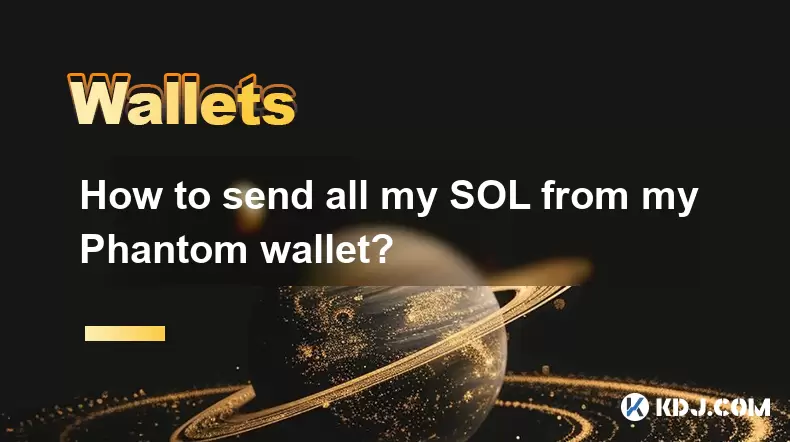-
 Bitcoin
Bitcoin $108,708.8110
0.60% -
 Ethereum
Ethereum $2,561.6057
1.91% -
 Tether USDt
Tether USDt $1.0001
-0.03% -
 XRP
XRP $2.2795
0.57% -
 BNB
BNB $662.2393
1.00% -
 Solana
Solana $153.1346
3.74% -
 USDC
USDC $1.0000
0.00% -
 TRON
TRON $0.2877
0.97% -
 Dogecoin
Dogecoin $0.1710
3.93% -
 Cardano
Cardano $0.5871
1.61% -
 Hyperliquid
Hyperliquid $39.6663
1.68% -
 Sui
Sui $2.9032
0.79% -
 Bitcoin Cash
Bitcoin Cash $496.1879
1.71% -
 Chainlink
Chainlink $13.5807
3.01% -
 UNUS SED LEO
UNUS SED LEO $9.0777
0.61% -
 Stellar
Stellar $0.2514
4.51% -
 Avalanche
Avalanche $18.1761
1.86% -
 Shiba Inu
Shiba Inu $0.0...01173
1.72% -
 Toncoin
Toncoin $2.8010
-4.23% -
 Hedera
Hedera $0.1594
3.21% -
 Litecoin
Litecoin $87.0257
-0.53% -
 Monero
Monero $319.1217
1.79% -
 Polkadot
Polkadot $3.3853
0.68% -
 Dai
Dai $0.9999
-0.01% -
 Ethena USDe
Ethena USDe $1.0003
0.02% -
 Bitget Token
Bitget Token $4.3420
-0.97% -
 Uniswap
Uniswap $7.3772
1.39% -
 Aave
Aave $286.6277
5.61% -
 Pepe
Pepe $0.0...09994
2.33% -
 Pi
Pi $0.4589
1.76%
How to Safely Store Cryptocurrency: Practical Tips for Hot Wallets vs. Cold Wallets
Hot wallets are convenient for frequent crypto transactions but vulnerable to hacking; cold wallets offer superior security for long-term storage but are less convenient.
Apr 16, 2025 at 12:22 pm

Storing cryptocurrency securely is a critical concern for every crypto investor. The choice between hot wallets and cold wallets can significantly impact the safety of your digital assets. Hot wallets are connected to the internet, making them convenient for frequent transactions but more vulnerable to hacking. On the other hand, cold wallets are offline, offering a higher level of security but less convenience for everyday use. Understanding the differences and best practices for each type of wallet is essential for safeguarding your investments.
Understanding Hot Wallets
Hot wallets are digital wallets that are connected to the internet, making them accessible for quick transactions. They are typically used for storing smaller amounts of cryptocurrency that you might need to access frequently. Examples of hot wallets include software wallets like MetaMask, mobile wallets like Trust Wallet, and even some exchange wallets like those offered by Coinbase.
When using a hot wallet, it's crucial to take several steps to enhance security. First, enable two-factor authentication (2FA) wherever possible. This adds an extra layer of security by requiring a second form of verification, such as a text message or an authentication app, to access your wallet. Second, use strong, unique passwords for each wallet and consider using a password manager to keep track of them. Third, keep your software up to date to protect against known vulnerabilities. Lastly, be cautious of phishing attempts and never share your private keys or seed phrases with anyone.
Understanding Cold Wallets
Cold wallets, also known as hardware wallets or offline wallets, store your cryptocurrency offline, making them much more secure against online threats. Examples of cold wallets include hardware devices like Ledger and Trezor, as well as paper wallets where you print out your private keys and store them in a safe place.
To use a cold wallet effectively, you need to follow a few key steps. First, purchase a reputable hardware wallet from an official source to avoid counterfeit devices. Second, set up your wallet according to the manufacturer's instructions, which usually involves generating a seed phrase. Store this seed phrase securely, ideally in a safe or a secure location away from your computer. Third, transfer your cryptocurrency to the cold wallet using the wallet's software interface. Lastly, keep your hardware wallet firmware updated to protect against any newly discovered vulnerabilities.
Comparing Hot Wallets and Cold Wallets
When deciding between a hot wallet and a cold wallet, consider your specific needs and the level of security you require. Hot wallets are ideal for those who need to make frequent transactions and can handle smaller amounts of cryptocurrency. They offer ease of use but come with higher risks due to their internet connectivity. Cold wallets, on the other hand, are perfect for long-term storage of larger amounts of cryptocurrency. They provide superior security but are less convenient for everyday use.
Security is the primary difference between the two. Hot wallets are more susceptible to hacking and phishing attacks because they are online. Cold wallets, being offline, are much harder for hackers to access. Convenience is another factor; hot wallets allow for quick and easy transactions, while cold wallets require more steps to access your funds. Cost is also a consideration; hot wallets are often free or low-cost, while cold wallets can range from $50 to $200 or more.
Best Practices for Hot Wallets
To maximize the security of your hot wallet, follow these best practices:
- Use a reputable wallet provider: Choose a wallet from a well-known and trusted source to minimize the risk of using a compromised wallet.
- Enable two-factor authentication (2FA): This adds an extra layer of security to your wallet, making it harder for unauthorized users to access your funds.
- Use strong, unique passwords: Avoid using easily guessable passwords and consider using a password manager to generate and store complex passwords.
- Keep your software up to date: Regularly update your wallet software to protect against known vulnerabilities.
- Be cautious of phishing attempts: Always verify the authenticity of any communication you receive regarding your wallet and never share your private keys or seed phrases.
Best Practices for Cold Wallets
To ensure the safety of your cold wallet, adhere to these best practices:
- Purchase from official sources: Buy your hardware wallet directly from the manufacturer or authorized retailers to avoid counterfeit devices.
- Securely store your seed phrase: Write down your seed phrase and store it in a safe, secure location away from your computer and any potential threats.
- Use the wallet's software interface: Always use the official software provided by the wallet manufacturer to manage your cryptocurrency.
- Keep your firmware updated: Regularly check for and install firmware updates to protect against newly discovered vulnerabilities.
- Test your backup: Periodically test your backup process to ensure you can recover your funds if your hardware wallet is lost or damaged.
Practical Tips for Managing Both Types of Wallets
Managing both hot and cold wallets effectively requires a strategic approach. First, consider using a combination of both types of wallets to balance security and convenience. Store the majority of your cryptocurrency in a cold wallet for long-term security, and keep a smaller amount in a hot wallet for everyday transactions. Second, regularly review and update your security measures to stay ahead of potential threats. This includes updating software, changing passwords, and staying informed about the latest security best practices. Third, diversify your storage solutions to minimize risk. Instead of relying on a single wallet, consider using multiple wallets from different providers to spread out your risk.
Frequently Asked Questions
Q: Can I use both a hot wallet and a cold wallet at the same time?
A: Yes, using both a hot wallet and a cold wallet simultaneously is a common practice. You can store the majority of your cryptocurrency in a cold wallet for long-term security and keep a smaller amount in a hot wallet for everyday transactions. This approach allows you to balance convenience and security effectively.
Q: How often should I transfer cryptocurrency between my hot and cold wallets?
A: The frequency of transferring cryptocurrency between your hot and cold wallets depends on your transaction needs. If you frequently need to access your funds, you might transfer smaller amounts to your hot wallet more often. For long-term storage, you can transfer larger amounts to your cold wallet less frequently, perhaps once a month or even less often.
Q: What should I do if I lose my cold wallet or forget my seed phrase?
A: If you lose your cold wallet, you can recover your funds using the seed phrase you stored securely. If you forget your seed phrase, unfortunately, there is no way to recover your funds. This underscores the importance of securely storing your seed phrase in multiple safe locations.
Q: Are there any alternatives to hot and cold wallets for storing cryptocurrency?
A: Yes, there are other storage options for cryptocurrency, such as multi-signature wallets, which require multiple keys to authorize a transaction, and custodial services, where a third party holds your cryptocurrency on your behalf. Each of these options has its own set of advantages and security considerations.
Disclaimer:info@kdj.com
The information provided is not trading advice. kdj.com does not assume any responsibility for any investments made based on the information provided in this article. Cryptocurrencies are highly volatile and it is highly recommended that you invest with caution after thorough research!
If you believe that the content used on this website infringes your copyright, please contact us immediately (info@kdj.com) and we will delete it promptly.
- Bitcoin Wallet Hack? Coinbase Exec Sounds the Alarm on $8B Whale Movement
- 2025-07-07 18:30:12
- Mercado Bitcoin, Tokenization, and XRP Ledger: A Latin American Power Play
- 2025-07-07 18:30:12
- XYZVerse, Wall Street, and the Crypto Upswing: What's the Deal?
- 2025-07-07 19:10:12
- AI, Web3, and Communities: Building the Future Together
- 2025-07-07 19:10:12
- AurealOne: A Promising Early-Stage Metaverse Project
- 2025-07-07 19:15:12
- Dogecoin Price: Crypto Market Analysis and the Musk Effect
- 2025-07-07 19:50:12
Related knowledge

How to cancel a pending transaction in Phantom wallet?
Jul 03,2025 at 07:21pm
Understanding Pending Transactions in Phantom WalletA pending transaction in the Phantom wallet occurs when a user initiates a transfer or interaction with the Solana blockchain, but it hasn't yet been confirmed by the network. This can happen due to various reasons such as low transaction fees, network congestion, or incorrect gas settings. It's import...

How to see the estimated value of my tokens in Phantom wallet?
Jul 04,2025 at 12:21am
What is Phantom Wallet?Phantom wallet is one of the most popular cryptocurrency wallets designed for the Solana blockchain. It allows users to store, send, receive, and manage various tokens built on Solana, including SPL tokens and NFTs. The wallet offers a user-friendly interface, making it accessible for both beginners and advanced users in the crypt...

How to lock my Phantom wallet extension?
Jul 03,2025 at 11:14am
What Is the Phantom Wallet and Why Lock It?The Phantom wallet is a popular non-custodial cryptocurrency wallet designed for interacting with the Solana blockchain. Supporting both browser extensions and mobile apps, Phantom allows users to store, send, receive, and stake SOL tokens, as well as interact with decentralized applications (dApps). Securing y...

Does Phantom wallet offer two-factor authentication (2FA)?
Jul 03,2025 at 09:00am
Understanding Phantom Wallet and Its Security FeaturesPhantom wallet is a widely used non-custodial cryptocurrency wallet that supports the Solana blockchain. It allows users to store, send, receive, and interact with decentralized applications (dApps) seamlessly. As security is a top priority for any crypto wallet user, security features like two-facto...

How to send all my SOL from my Phantom wallet?
Jul 06,2025 at 10:00am
Preparing to Send SOL from Your Phantom WalletBefore initiating any transaction, it is crucial to ensure that your Phantom wallet is fully set up and connected to the correct network. Phantom supports multiple networks, but for sending SOL, you must be on the Solana blockchain. Confirm this by checking the network indicator in the top-right corner of th...

What is "rent" on Solana and how does it affect my Phantom wallet?
Jul 02,2025 at 08:35pm
Understanding 'Rent' on SolanaIn the context of Solana, the term 'rent' refers to a storage fee that users pay for maintaining data on the blockchain. Unlike Ethereum, where storage costs are paid once via gas fees during contract deployment, Solana implements a recurring cost model to ensure efficient usage of network resources. This means that any acc...

How to cancel a pending transaction in Phantom wallet?
Jul 03,2025 at 07:21pm
Understanding Pending Transactions in Phantom WalletA pending transaction in the Phantom wallet occurs when a user initiates a transfer or interaction with the Solana blockchain, but it hasn't yet been confirmed by the network. This can happen due to various reasons such as low transaction fees, network congestion, or incorrect gas settings. It's import...

How to see the estimated value of my tokens in Phantom wallet?
Jul 04,2025 at 12:21am
What is Phantom Wallet?Phantom wallet is one of the most popular cryptocurrency wallets designed for the Solana blockchain. It allows users to store, send, receive, and manage various tokens built on Solana, including SPL tokens and NFTs. The wallet offers a user-friendly interface, making it accessible for both beginners and advanced users in the crypt...

How to lock my Phantom wallet extension?
Jul 03,2025 at 11:14am
What Is the Phantom Wallet and Why Lock It?The Phantom wallet is a popular non-custodial cryptocurrency wallet designed for interacting with the Solana blockchain. Supporting both browser extensions and mobile apps, Phantom allows users to store, send, receive, and stake SOL tokens, as well as interact with decentralized applications (dApps). Securing y...

Does Phantom wallet offer two-factor authentication (2FA)?
Jul 03,2025 at 09:00am
Understanding Phantom Wallet and Its Security FeaturesPhantom wallet is a widely used non-custodial cryptocurrency wallet that supports the Solana blockchain. It allows users to store, send, receive, and interact with decentralized applications (dApps) seamlessly. As security is a top priority for any crypto wallet user, security features like two-facto...

How to send all my SOL from my Phantom wallet?
Jul 06,2025 at 10:00am
Preparing to Send SOL from Your Phantom WalletBefore initiating any transaction, it is crucial to ensure that your Phantom wallet is fully set up and connected to the correct network. Phantom supports multiple networks, but for sending SOL, you must be on the Solana blockchain. Confirm this by checking the network indicator in the top-right corner of th...

What is "rent" on Solana and how does it affect my Phantom wallet?
Jul 02,2025 at 08:35pm
Understanding 'Rent' on SolanaIn the context of Solana, the term 'rent' refers to a storage fee that users pay for maintaining data on the blockchain. Unlike Ethereum, where storage costs are paid once via gas fees during contract deployment, Solana implements a recurring cost model to ensure efficient usage of network resources. This means that any acc...
See all articles

























































































